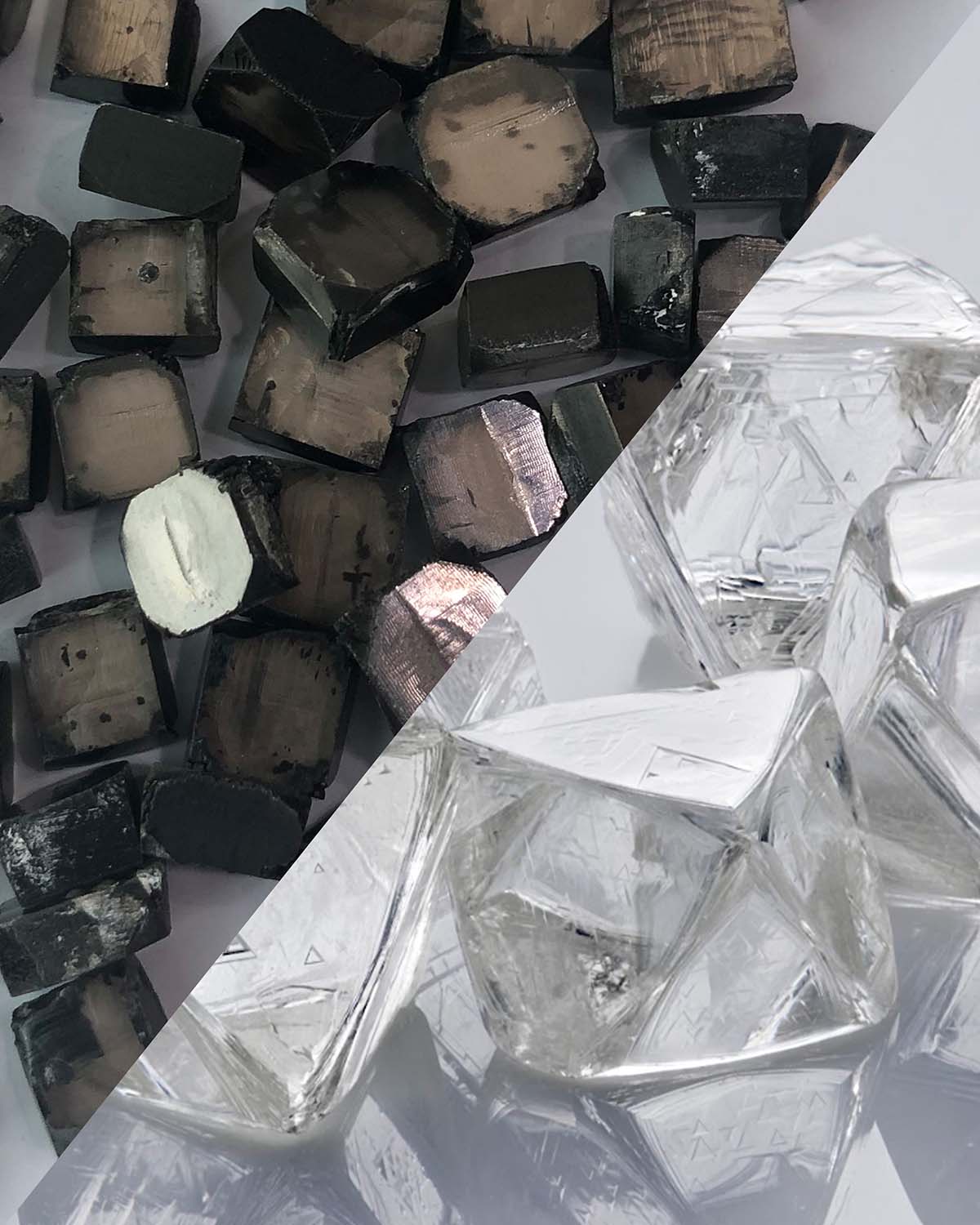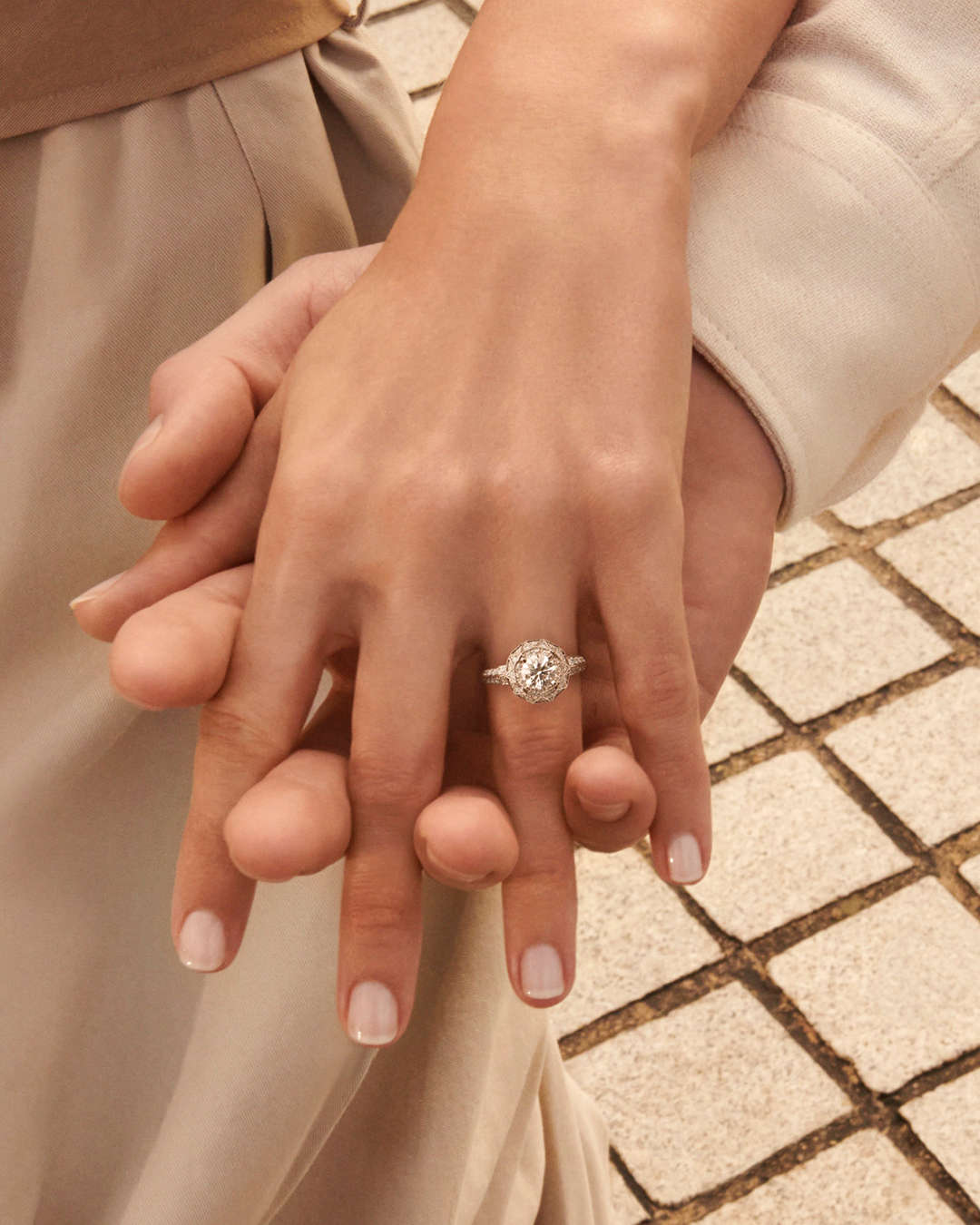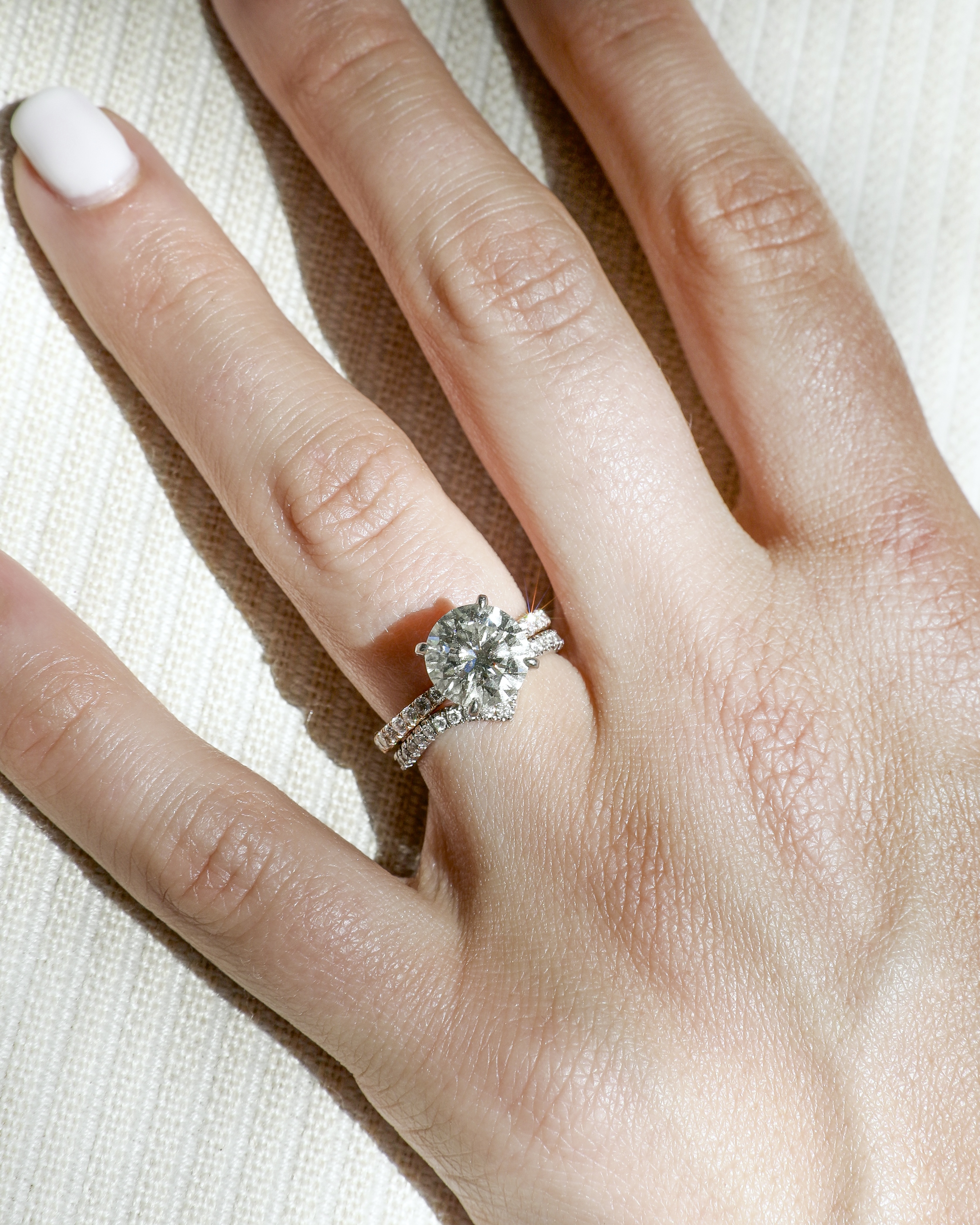A natural diamond is a rare and finite mineral formed by nature, consisting of a crystalline structure of pure carbon atoms. Known for being the hardest naturally occurring substance on Earth, natural diamonds are celebrated for their incredible durability, brilliance, and exceptional rarity. Unlike lab grown diamonds, which are man-made, a natural diamond refers specifically to a gemstone formed deep within the Earth over billions of years through extremely high temperature and high pressure. When shopping for diamonds or diamond jewelry, it’s important to note the word “diamond” used alone always means a natural diamond and not a lab grown diamond or diamond simulant.
Most natural diamonds range in age from one to three billion years, with some rare specimens being over 3.5 billion years old, making them older than humans and dinosaurs.
Natural diamonds are widely used in fine jewelry, especially in diamond engagement rings, and are known for their timeless beauty and value. Their unique formation process makes each natural diamond distinct and irreplaceable.







